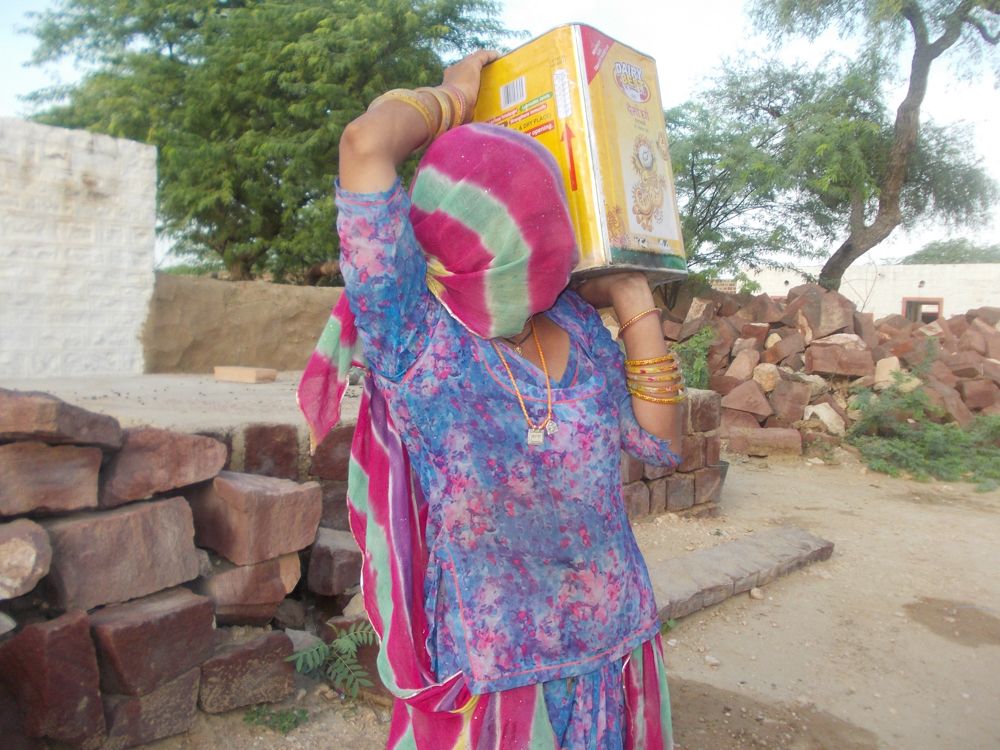Serendipity
with artist Chinky Shukla
Over the past two years, Chinky Shukla has nurtured the creative skills of children by teaching them the basics of photography in the villages of Pokhran, a township in the north-western state of Rajasthan. This workshop was part of a broader effort to document the ongoing changes in the community and landscape of Pokhran, an area heavily impacted by nuclear testing. Over the years, the effects of these tests have deeply shaped the local environment and the lives of its residents, and this workshop aimed to engage children in capturing these evolving realities through the lens of a camera.
The workshop provided 60 children, aged 5-15 years and from diverse backgrounds, with an introduction to photography and the tools to tell their own stories. The children were encouraged not just to photograph what they saw but to delve deeper and capture how they felt about their surroundings. From documenting changes in the physical landscape to the shifts in everyday village life, these young photographers developed their own visual narratives. Through their work, they have captured moments of resilience, joy, and the quiet strength of their community, offering a fresh and authentic perspective on Pokhran's social and environmental transformation.
Among the participants, one of the most remarkable was Abhishek Panwar, a special child with an intellectual disability. Despite facing challenges such as weak limbs and an inability to speak, Abhishek demonstrated incredible promise as a photographer. He quickly learned the technical aspects of photography, and his images are imbued with an intuitive sense of composition and emotion. Abhishek’s photos stand out for their element of serendipity, capturing fleeting moments that reflect the world around him in ways that are both raw and poetic. His work serves as a powerful reminder that art and creativity know no boundaries.
This exhibition showcases the children's talent and the unique ways they perceive their world. It is also a tribute to the resilience of their community—capturing the essence of Pokhran, from its vibrant community life to the subtle but significant environmental changes over time. Through their eyes, the exhibition reveals how photography can serve as a bridge between generations, preserving the past while documenting the present.
The children’s photographs reflect not only the physical transformation of their village but also their own growth and awareness. Their work illustrates the power of photography as a tool for expression and change, and this exhibition serves as a platform to celebrate their creativity and vision.
This exhibition is not just about showcasing photographs—it is about giving voice to the next generation of storytellers. Through these images, the children have documented their world, creating a lasting testament to their community and the changes unfolding around them.

